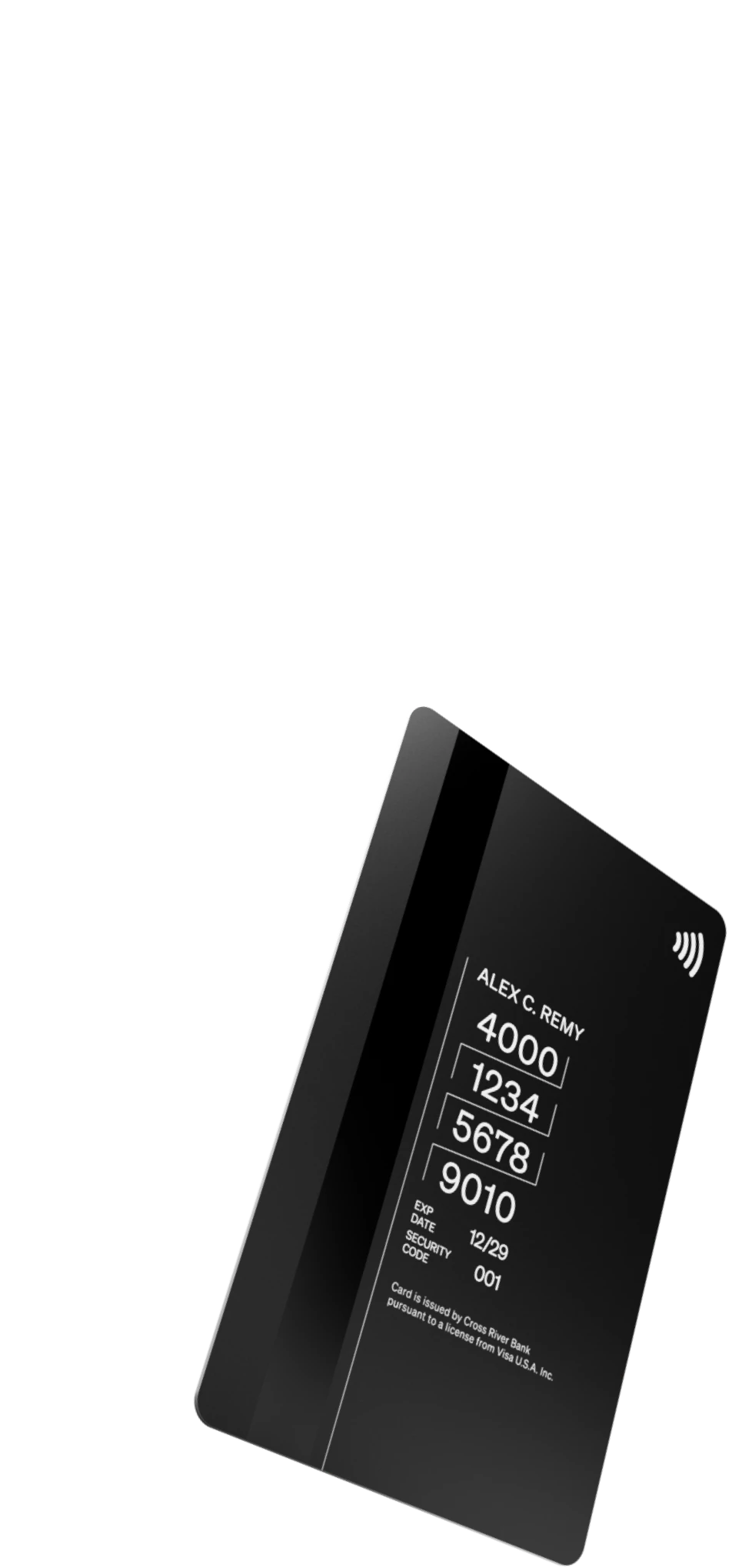Coping with the retirement killer: Inflation

The next time you’re making retirement calculations, don’t forget one very important factor that can blow up the whole equation.
Inflation.
If you have a dollar now, that dollar isn’t going to be worth nearly the same in 20 or 30 years, because of a loss of purchasing power. With the cost of almost everything going up every single year, that dollar is constantly eroding in value, even if you keep it safe under a mattress.
As an individual, there’s nothing you can do about broad national inflation numbers. But there is something you can do about your own portfolio: Try to ensure it outpaces inflation, so you aren’t falling further behind.
“Inflation is the silent pickpocket of our financial lives,” says Patrick Huey, principal advisor with Victory Independent Planning. “If your savings are sitting in a zero-interest account while the price of everyday goods and services is climbing, you’re quietly losing ground with every passing month.”
Consider: The average interest rate for savings accounts is now .62% annually, according to financial information site Bankrate, with some large institutions offering a paltry .01%.
Meanwhile, the latest Consumer Price Index stands at 2.9%, according to the Bureau of Labor Statistics. That’s not as crushing as the 8% average reached in 2022 during the pandemic -- but it’s still enough to significantly eat away at the value of your savings over time.
Drill down into the inflation numbers further, and you see which costs are spiking the most. For August, for instance, shelter was up .4% in a single month, according to the Bureau of Labor Statistics. Food and apparel: Both rose .5%. Energy, up .7%. Used cars and trucks: 1%.
Some parts of the country are feeling the effects of inflation more than others. The federal government’s Bureau of Economic Analysis measures where prices have risen to the highest in the country, compared to national averages. The ‘winners’: California, New Jersey, and Hawaii.
On top of all that, the American dollar has been sliding in 2025, pushing up prices on imports. The first half of the year saw the dollar’s biggest decline in more than 50 years.
Combine that currency slump with new tariffs from this administration on products from around the world, and it is increasingly challenging for consumers to keep pace with rising prices.
“This is a very important and timely topic that comes up quite often with clients,” says Mike Casey, founder and president of American Executive Advisors. “Everyone is feeling the pressure of rising costs.”
Fighting back: Four strategies
So given that higher-than-usual inflation is proving sticky, and unlikely to vanish anytime soon, how can consumers respond?
One classic response to inflation: Ownership of so-called ‘hard’ assets, such as real estate or commodities (like gold). Since the supply of tangible assets is by nature limited – unlike the money supply, since the Federal Reserve can essentially print as much money as it wants – the value of those assets should hold up well in inflationary times.
Another way to fight back is Treasury Inflation-Protected Securities, or TIPS. These are bonds sold by the government for terms of 5, 10 or 30 years; the value of the principal goes up when the CPI goes up, giving investors some protection against rising prices.
A third way to cope with inflation is to adjust your retirement calculations to account for it, according to research firm Morningstar. That means potentially delaying your retirement by a couple of years, trimming spending, and adjusting withdrawal rates every year depending on inflation levels.
A final approach to inflation: To make sure the cash portion of your portfolio is working much harder for you. If it is earning next to nothing, for example, you are definitely losing ground.
However, currently many higher-yield accounts, especially at online or mobile-only banks, are offering 4% or even more on your savings. With Current, you can earn up to a 4.00% boost on money in your Savings Pods.* Compare that to the inflation rate of 2.9%, and not only are you not falling behind, you are managing to build up your cash reserve.
“I've been a fan of high-yield savings accounts for a long time,” says Daniela Jones, a financial planner with Intrinsic Wealth Counsel in Tempe, Ariz. “They are easy to set up, easy to link to your existing bank accounts, and easy to transfer money to and from.
“Why not let your emergency funds earn you a few extra hundred dollars a year? It takes maybe 10 minutes to set up – that’s a great return on your time investment.”
*Boost Bonuses are credited to your Savings Pods within 48 hours of enabling the Boost feature and on a daily basis thereafter, provided that the Savings Pod has accrued a Boost Bonus of at least $0.01. No minimum balance required. The Boost rate on Savings Pods is variable and may change at any time. The disclosed rate is effective as of August 1, 2023. Must have $0.01 in Savings Pods to earn a Boost rate of either 0.25% or 4.00% annually on the portion of balances up to $2000 per Savings Pod, up to $6000 total. The remaining balance earns 0.00%. To earn a Boost rate of 4.00%, you must receive at least one Eligible Payroll Deposit equalling a minimum of $200 over a 35-day period. For more information, please refer to Current Boost Terms and Conditions.





